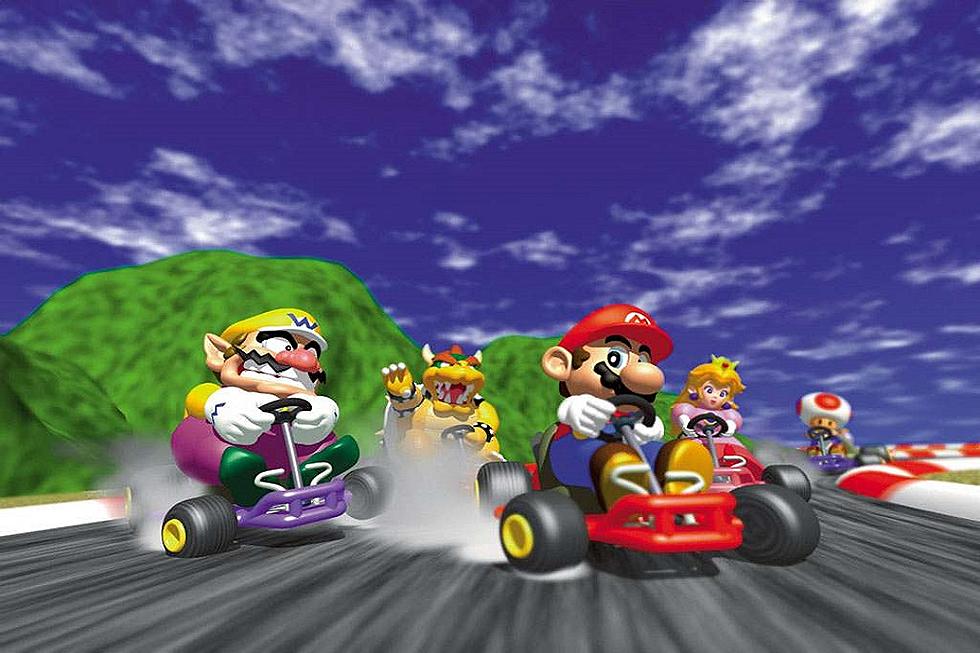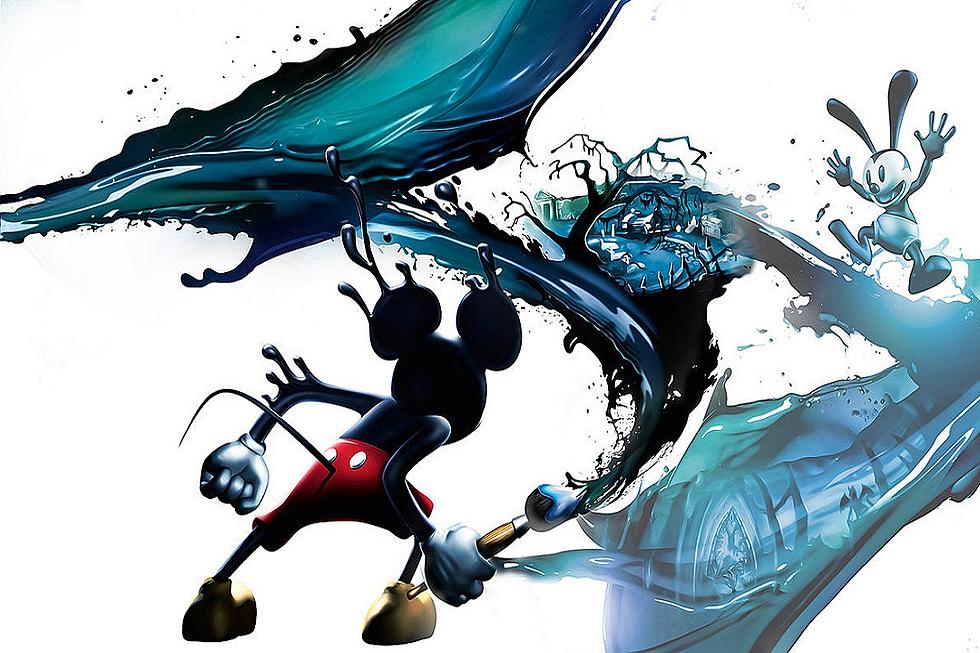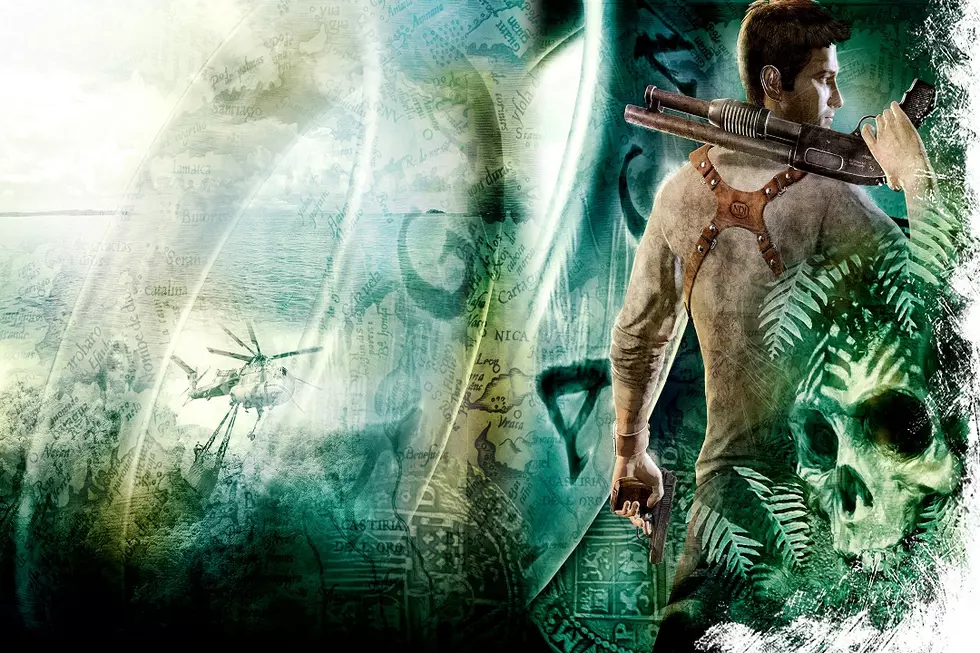
System Shock 2 and the Building Blocks of Bioshock
With boundaries in the video game industry always being pushed at every turn, first-person RPGs of all genres aren’t that out of the ordinary. Specifically, the science-fiction end of storytelling first-person adventures is burning brightly on the energy of what the Bioshock and Deus Ex franchises have accomplished. However, there was a time when this was new and fertile ground. It was a time when most first-person RPGs existed solely in the realm of fantasy-fiction, swords and sorcery.
The ground was only just starting to break with what Looking Glass Technologies had accomplished in the original System Shock, but today in 1999, Looking Glass released the combined efforts of a collaboration with Ken Levine and Irrational Games in the form of System Shock 2, shaking the landscape of how developers approached both shooters and RPGs in one setting.
Looking Glass first approached Irrational Games in 1997, looking to re-explore the concept of the sci-fi RPG again. Originally, the project began under the name Junction Point and featured a story in which a player would traverse a starship and aim to kill its insane commander, completely outside of the System Shock universe. Eventually, the developers would find a publisher in Electronic Arts, who owned the rights to System Shock and suggested the idea of turning the game into a true sequel. The teams agreed, already many either having worked on the original or being fans of it and though some core elements remained, such as traversing a star ship, the rewrite to continue the Shock story began.
Ken Levine, renowned for creating interesting content and story in his games, was already pushing for divisive change as early as System Shock 2. In charge of working SHODAN into the game, he wanted the player to team with SHODAN only to be led astray and eventually and harmfully betrayed by the malevolent, sentient program. The desire for this came out of Levine’s exhaustion with games that coddle the player’s trust and characters that revolve around that trust. He wanted a twist that not only targeted the outrage of characters, but the player as well. This kind of twist in video games was practically unheard of at the time and would become a foreshadowing of Levine’s later work on the Bioshock series.
In fact, much of System Shock 2 hosts many notable building blocks that would come to appear in the future star series of Irrational Games in both gaming and story. It begins with the player taking on the role of a soldier who is awakened aboard an enormous spaceship in the midst of a devastating crisis. The ship has been taking over by virulent lifeforms that showcase a hive-mind intelligence, known as The Many. Most of the ships inhabitants have either died or been mutated into horrific creators or cyborg hybrids of man and machine, while the robotic and defensive elements of the ship have turned against any living thing that crosses them. The only live link the player has is the voice of a supposed survivor to guide them through the chaos.
To this end, the player has their own means as well. They are a soldier and start the game choosing a specialty with which to defend themselves. The RPG aspects of the game allow the player to take up bonuses in a field, such as hacking, weaponry, or mental powers, but numerous other skills can be discovered or earned throughout the game. In addition, players can gain organs from defeated enemies in order to gain a better understanding of them and gain bonus attributes against them. Weaponry comes in melee and ranged forms, the latter of which can be armed with varying ammo that works better against one type of enemy or another, such as anti-personal ammo against organic life and armor piercing ammo against robotic enemies.
Looking at System Shock 2 from top to bottom, it’s easy to see the rudimentary or even well-developed parts that would be utilized and evolved in later games. Though not quite a commercial success at the time of its release, it would inspire numerous changes in RPG and first-person gameplay. Its spiritual successor, Bioshock, would bring many of its elements to a much greater audience, hitting on the same beats of fear, RPG/shooter hybrid mechanics and story elements that hit many of the same beats of its predecessor. Bioshock may have been the one that made this style widespread, but System Shock 2 is where it all came together.
More From Arcade Sushi









